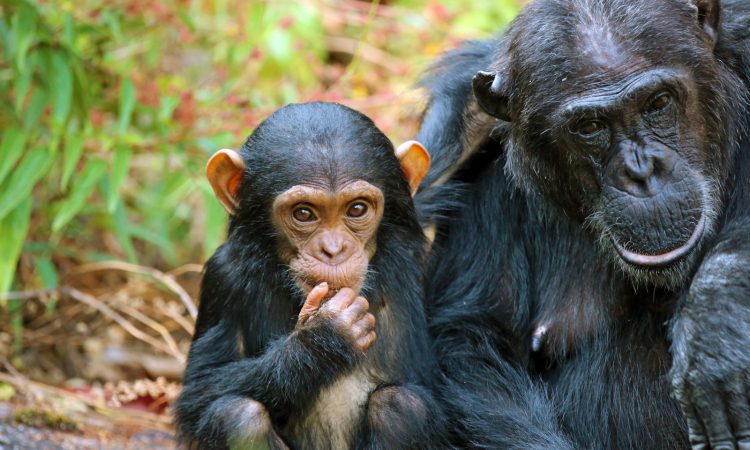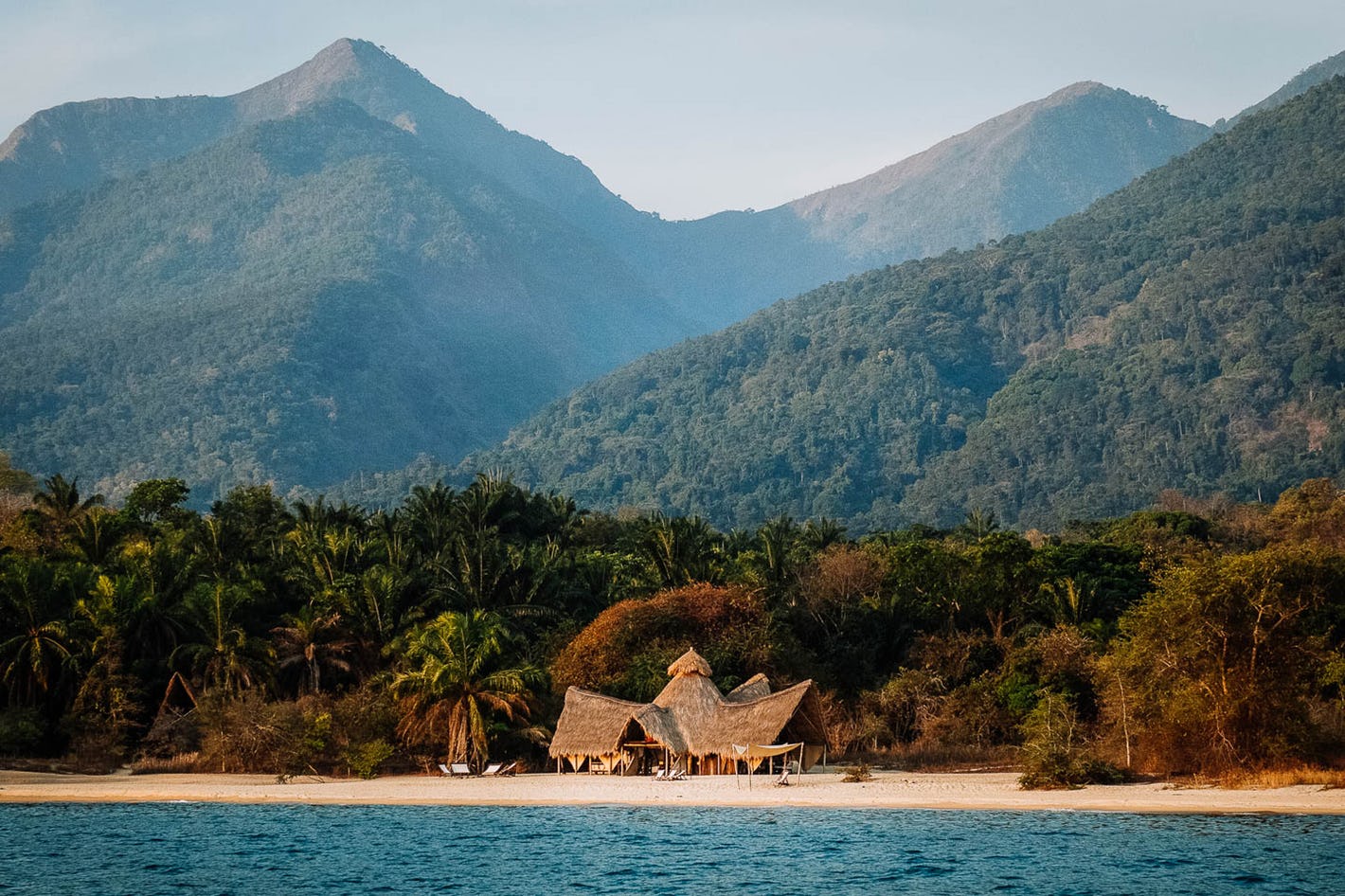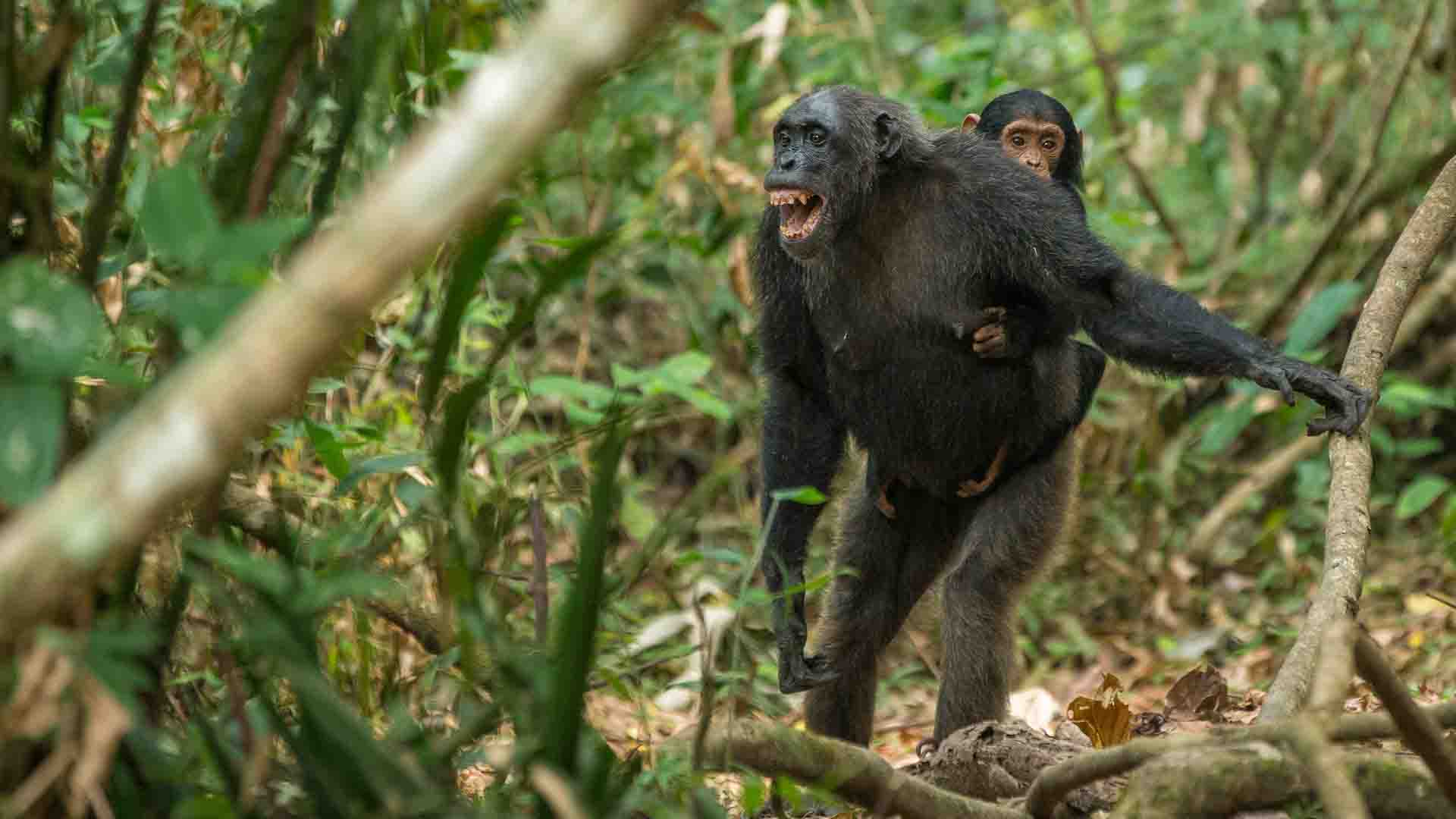Safari travel guide to Mahale Mountains National Park: The luckiest visitors will discover a park that is less popular with tourists along the eastern shores of Lake Tanganyika, climbing into the western slopes of the Mahale Mountains in the Kigoma Region of West Tanzania. Beautiful beaches beside lakes, luxuriant jungle, and mountain views may all be found at stunning Mahale Mountains National Park. Chimp trekking and walking safaris are popular activities when traveling to this amazing location, which is home to one of the largest and last remaining populations of wild chimpanzees in the world.

The Mahale Mountains National Park, frequently referred to as “one of the most magnificent parks in Africa,” should not be missed when planning or visiting Africa. Visitors to the park, which is only reachable by boat, can explore this beautiful, tropical paradise on foot while seeing chimp settlements and taking in the variety of fauna and plants that are thriving along the lush green slopes of the Mahale Mountains.
What makes mahale mountainous national park unique? In this article you will learn more about what makes Tanzania’s Mahale Mountains National Park unique among the numerous breathtaking parks there. So keep reading till the end:
THE CHIMPANZEES IN MAHALE
The Holoholo and Batongwe tribes were the original inhabitants of the Mahale Mountains National Park, which is situated in the distant west of Tanzania and covers a land area of more than 1,650 km2. To make way for the 1985 opening of the national park, these tribes were forcibly relocated in 1979 with the creation of the Mahale Mountains Wildlife Research Center.
Today, the Mahale Mountains National Park and the Gombe Stream National Park, which are both located along the shores of Lake Tanganyika to the north, provide a safe haven for some of Tanzania’s most numerous primates, including vervet monkeys, red colobus monkeys, yellow baboons, and over 1000 chimpanzees, including the Mimikere (M-group) chimps, Safari travel guide to Mahale Mountains National Park.

Around 80 chimpanzees make up this group, which was part of a Japanese study effort in the 1960s and 1970s (when Jane Goodall conducted similar research at Gombe Stream National Park). Chimpanzees are the animals that visitors are most likely to see when exploring the park because of their habituated nature to human presence. Moreover, the chimpanzee populations are growing as a result of the little human interference with the nature of the park.
Up to here, we hope your curiosity about what makes mahale so unique is covered. We’ll tell you about the sights, attractions, history, purpose, and essentials, including how to get there and when it’s best to go. Let’s go over all you need to know about the National Park of the Mahale Mountains.
TOP TOURIST ACTIVITIES IN MAHALE MOUNTAINS NATIONAL PARK
CHIMPANZEE TREKKING
Chimpanzee trekking in Mahale Mountains National Park is guaranteed to be a memorable, action-packed experience. Humans and chimpanzees have 98% of the same DNA, which is seen in their mannerisms and vigilant, perceptive eyes. Chimpanzees are one of the most recognizable primates, with their long arms, short legs, flat, round faces, and large eyes. Mahale Mountains National Park is home to one of the largest habituated chimpanzee populations, so visitors can anticipate relatively simple and frequent sightings. Lions and chimpanzees coexist in this national park, which makes it special. Elephants, buffalo, giraffes, and antelope are also seen in the park, but they are harder to see because they live mostly on the eastern slope, Safari travel guide to Mahale Mountains National Park.
Hiking trails wind up and over gently sloping hills, getting tougher in the park’s northwest and southwest sections. The length of the trek will vary based on the location of the chimpanzees and the time of year, with groups being limited to a maximum of six persons. Chimpanzee trekking can be challenging and calls for hikers to be in good physical condition, just like any other wilderness journey. To see chimpanzees, hikers might have to walk farther or backtrack than they had originally planned. A qualified guide will point out additional wildlife that you might miss on your own and assist you in locating the chimp troops.
BIRD-WATCHING
The Mahale Mountains National Park is popular with bird enthusiasts as well as those who just like chimpanzees! Mahale Mountains National Park is a well-liked spot for birdwatching because it is home to over 350 bird species, including migratory, aquatic, and forest birds.
The best time to go bird watching in Mahale is from November to April, when resident birds are in breeding plumage and migratory birds arrive from northern Africa and Europe. Most bird-savvy park visitors can expect to see the Crested Guinea Fowl, Giant Kingfisher, Palm Nut Vulture, and Scaly Francolin, among many other species of birds.
SPORT FISHING
On a lovely, bright day when the water is quiet, sport fishing on Lake Tanganyika is at its best. You must obtain a fishing ticket and permit from the Mahale Mountains National Park administrative office if you want to spend the day fishing on this deep, historic lake that is home to more than 400 different species of fish. You can get assistance with the specifics from an expert guide. Sport fishing is only permitted daily from 7 a.m. to 5 p.m., so for the best experience, we suggest joining the boat excursion.
Hiking in Mahale National Park
At 2462 meters, Mount Nkungwe is the Mahale Mountains’ highest point. An experienced hiker normally needs two days to complete the hike to the peak and back. Hikers set up camp on their first night halfway up and spend their second night at the summit. Armed ranger guides hike with the group to ensure their safety.

Visiting the “fishing fire” is another popular excursion. Kerosene lamps are used by the fishing boats to light their way at night, and this spectacular display is known as the “fishing fire.” Witnessing it is a magical experience. The dry season, which runs from June to October, is the ideal time to go on this walk. The mountain’s slope becomes too wet and hazardous to ascend during the rainy season, Safari travel guide to Mahale Mountains National Park.
CULTURAL TOURS
Tanzania is a preferred destination for individuals who want to learn more about local village life and the varied customs and traditions of the various ethnic tribes residing throughout the nation because of its long history and cultural variety. Visitors to Mahale Mountains National Park can encounter the Holoholo and Batongwe in the surrounding communities, two Bantu subgroups. The district capital of Kigoma is particularly worthwhile to visit for its historical significance. In the 19th and 20th centuries, Kigoma served as a major center for the trafficking of slaves and ivory before becoming a major transit hub and railway station for Dar es Salaam. Interestingly, it was where the reporter, Stanley, found the presumed-lost-in-Africa, Dr. Livingstone, in the late 1800s.
In Mahale National Park, kayaking and snorkeling are other popular activities. In Lake Tanganyika, there are more than 400 different fish species. Another well-liked pastime in this area is taking nature hikes throughout the national park.
WHEN IS THE BEST TIME TO VISIT MAHALE MOUNTAINS NATIONAL PARK?
The dry season, from June through October, when temperatures range from 64 to 86 F, is the ideal time to explore this beautiful national park. During the dry season, the lower slopes offer the best chances to see chimpanzees. From November through April, Mahale has its wet season, which is characterized by increased humidity. But the best time to see butterflies and migratory birds is from November to April. Mahale Mountains National Park is much less visited by tourists than other famous Northern tanzania safari parks of Serengeti, lake Manyara, Ngorongoro, Tarangire and Arusha national park, making it a much more upscale, tranquil, alluring, and mystical destination.
GETTING TO MAHALE MOUNTAINS NATIONAL PARK
Yes, compared to other Tanzanian tourist locations, Mahale Mountains National Park is more expensive to visit. Visitors can fly into Kilimanjaro International Airport or Julius Nyerere International Airport (DAR) in Dar es Salaam. There are charter flight alternatives from Kigoma, Mwanza, and Arusha to the Mahale airstrip as well. It will take around 1.5 hours to travel by boat from the airstrip to the park. If you’re driving, you’ll need to pass through Simbo Junction to go to the closest communities before taking a ferry to the park’s administrative center.
In Conclusion: You will remember your time at Mahale Mountains National Park long after you leave the area. You will feel humbled and honored to see the majestic, deep-green Mahale western slope descending to a white-sand lakeside with rich vegetation and animal life. As you travel throughout Tanzania, a few days spent in Mahale Mountains National Park will be among your favorites. You can construct your own itinerary with our assistance at Focus East Africa Tours, one that can include such obscure gems as the Mahale Mountains National Park.


